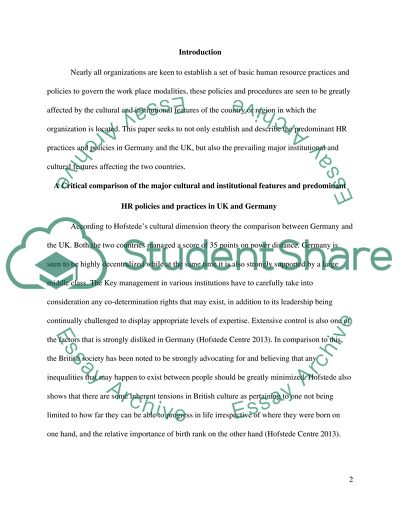Cite this document
(Cultural and Institutional Features and Predominant HR Policies in the Essay, n.d.)
Cultural and Institutional Features and Predominant HR Policies in the Essay. Retrieved from https://studentshare.org/human-resources/1468042-critically-compare-and-contrast-the-major-cultural
Cultural and Institutional Features and Predominant HR Policies in the Essay. Retrieved from https://studentshare.org/human-resources/1468042-critically-compare-and-contrast-the-major-cultural
(Cultural and Institutional Features and Predominant HR Policies in the Essay)
Cultural and Institutional Features and Predominant HR Policies in the Essay. https://studentshare.org/human-resources/1468042-critically-compare-and-contrast-the-major-cultural.
Cultural and Institutional Features and Predominant HR Policies in the Essay. https://studentshare.org/human-resources/1468042-critically-compare-and-contrast-the-major-cultural.
“Cultural and Institutional Features and Predominant HR Policies in the Essay”, n.d. https://studentshare.org/human-resources/1468042-critically-compare-and-contrast-the-major-cultural.


